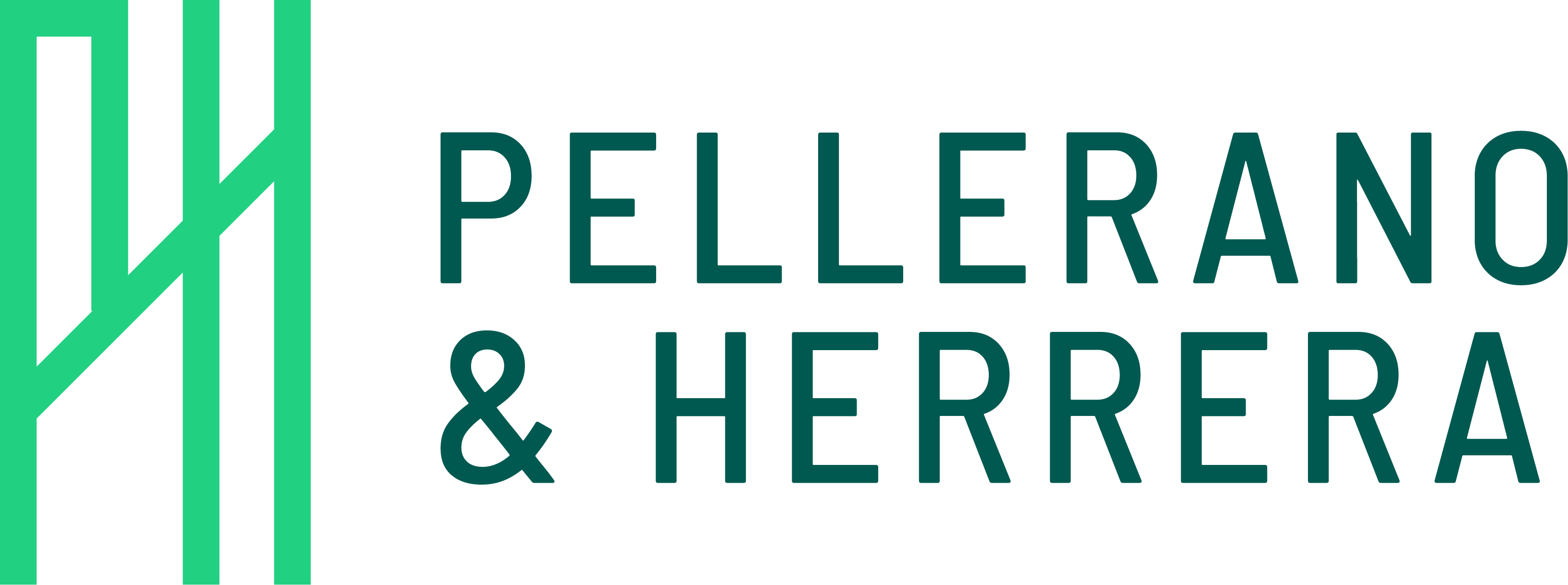Buying a Vehicle in the Dominican Republic
Acquiring or selling a new or used vehicle, regardless of its model or brand, is a quite common and simple process to carry out in the Dominican Republic, for both Dominican citizens and foreigners residing in the country. The process of formalizing the sale of the vehicle differs when the seller is the distributor of the brand or dealer and when the seller is a physical person. When the dealer is selling either a used or new vehicle they are, in most cases, responsible for carrying out the required steps until having the vehicle registration under the new owner’s name in order to provide the buyer a seamless and hassle-free process. In the event that the seller is a physical person, it is very important to know the basic steps of the process and other useful tips in order to transfer the vehicle accordingly.
As mentioned before, transferring a used vehicle transfer vehicle from person to person is a fairly simple process, but it is important to be cautious of any opposition or “intransferrabilities”, as said in the Dominican Republic, the same may have. If the vehicle you will be buying has an opposition or“intransferrability” this will be specified as such in the vehicle registration, meaning the vehicle is being used as collateral for a loan and the same cannot be transferred.
As a result of the before mentioned reasons, it is important to take into account the below mentioned tips before initiating the process: a) If you are the buyer, verify the vehicle registration’s legal status for oppositions. If this is the case, the vehicle will not be transferred until the loan has been completely paid; b) If you are the seller, immediately after the contract has been signed, make sure you go to the Dominican tax authority (Direccion General de Impuestos Internos) to make note that the vehicle is now in hands of the buyer. By doing so, if the buyer has an accident or the vehicle is stolen before the transfer of the vehicle has been completed, the seller will no longer be responsible of the damages.
The first step consists in drafting a vehicle purchase- sale agreement containing the following: complete vehicle description such as brand, year, chassis, motor number, and registration number; vehicle’s sale price; and form of payment. The same must specify the seller authorizes the Dominican tax authority to proceed with the transfer of ownership of the vehicle to the buyer. Once the agreement is signed it must then be legalized by a Notary Public and before the Attorney General’s Office.
The next step is to gather the required documents to be filed at the Dominican tax authority, which include the following: a) original signed contract, b) a copy of the buyer’s Dominican ID or passport if foreigner; c) a copy of the seller’s Dominican ID or passport if foreigner; d) original vehicle registration signed by the owner of the vehicle, and e) certification of Plan Piloto. The later is a certification emitted by the National Police in approximately one week and consists in a revision to make sure the vehicle is not stolen and the chassis corresponds to the same.
Once you have compiled the before mentioned documents, you must proceed to make the corresponding tax payments. The vehicle transfer tax is the 2% of the vehicle’s sale price. It is important to mention that transfer tax to be paid will be the highest price between the sale price stated in the contract and the value set by the Dominican tax authority. This is why it is advisable to contact the Dominican tax authority in order to have the exact amount that must be paid.
By making the required tax payments and depositing the purchase- sale agreement accompanied by the documents, all of which will be deposited and registered at the Dominican tax authority, you will be receiving the new vehicle registration under your name on the same day.
Bibliography www.dgii.gov.do
Law 173-07 about Collection Efficiency
Law 492-08 about vehicle transfer

